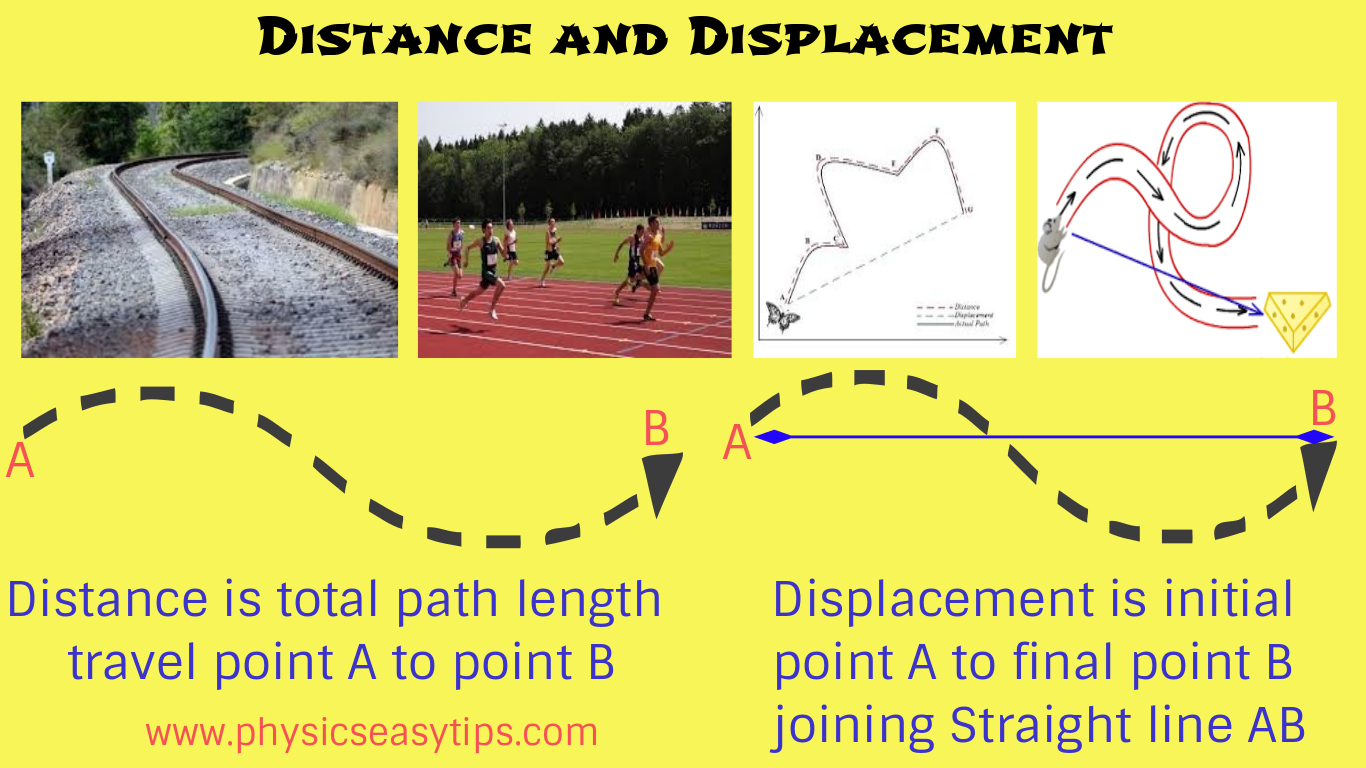
But if you started on the equator, traveling 6 miles east would simply be 6 miles east. Think about it: If you started that trip 1 mile north of the south pole, traveling 6 miles east would take you in a circle around the south pole 1.27 times. In the shorthand of physics, displacement is written as s. Answer the following:Ī) When was a constant force applied to the object?ī) What force was applied at a displacement of 6m?Ī) Reading directly from the graph, a constant force of 10N was applied between a displacement of 0-5m.ī) At a displacement of 6m, a force of 5N was applied to the objectĬ) To calculate the work done on the object, we must calculate the area under the graph. Your net displacement depends on your starting coordinate, because we live on a globe. This makes displacement a vector quantity because it incorporates both movement, magnitude and direction. The graph below shows the force applied to an object as it was moved a distance of 10m. From a force-displacement graph we can: Read forces directly from the graph.

This is equal to the kinetic or potential energy the object gains due to the application of the force. This quantity represents the work done on the object. When an object moves along a straight line, its starting position can be defined as the origin, O. Therefore, displacement has both a distance and a direction. The term 'displacement' is used to mean a vector quantity. the mass will drop 1 m before it comes in contact with the spring. Calculate the maximum spring displacement. Use the area under the graph to find the work done by the force. Displacement The term 'distance' is used in physics to mean a scalar measurement, such as '3 meters'. leafy said: Homework Statement:: A mass of 1kg is dropped at a height of 6m on an ideal spring.Read displacements directly from the graph.This quantity represents the work done on the object. A force-displacement graph will have force (in N) on the vertical axis and displacement (in m) on the horizontal axis. Work, in physics, occurs when a force acts on an object to move it some distance from the start point (also called displacement).


 0 kommentar(er)
0 kommentar(er)
